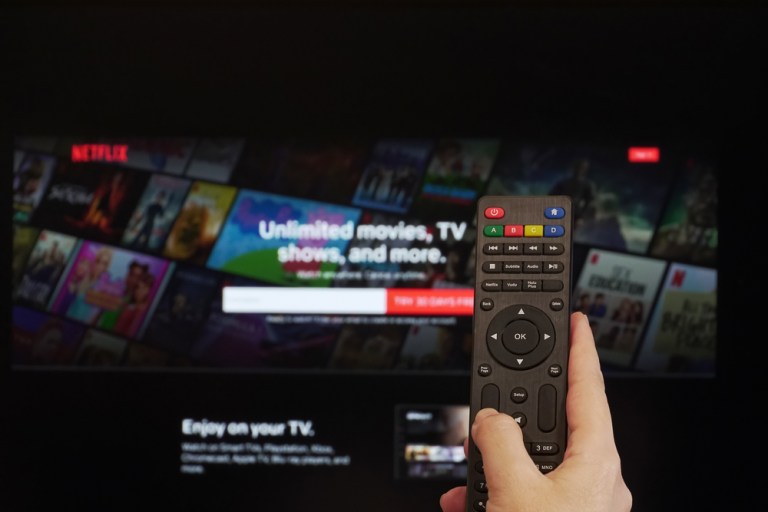Subscription Commerce Rides A Growth Wave

In its fiscal 2020 Q1, streaming platform Netflix reported adding nearly 16 million new subscribers and blasting net income into orbit at $709 million, more than double its Q1 2019 performance. Evidently, this can happen when the world goes on lockdown for an entire season. Analysts project 47 million new streaming subscriptions by the end of this year.
But what goes up must come down, and PYMNTS research has found that nearly 28 million consumers will cancel at least one subscription in the near future. A flurry of subscription activity at the height of the pandemic is sure to trigger a corresponding wave of cancellations as restrictions lift, business hours resume and all those new monthly recurring charges get real.
In the May 2020 Subscription Commerce Tracker® done in collaboration with Recurly, subscription vendors, payment service providers and others lay out strategies for reducing subscription churn and optimizing membership coming out of the pandemic.
“More consumers are turning to subscription services, but are also becoming conscious about spending within their means,” the new Tracker states. “This means many are resorting to either piggybacking on their friends’ or families’ accounts or canceling subscriptions that they do not frequently use. The latest Consumer Subscription Retail Services Report shows that merchants can retain wavering customers with a three-pronged approach: allow customers to pause their subscriptions, offer them more economical plans and expand free trial periods.”
What Goes Up…
From box services to gaming to streaming TV, people loaded up on subscriptions between February and May for entertainment, and many are getting everyday essentials delivered to their doors. But with unemployment at dizzying levels and the economy stalled, we may see unheard-of levels of subscription churn once those needs and wants are reprioritized.
“Many American consumers are experiencing financial strains because of pandemic-related un-employment, however, and subscription-based businesses are allowing them to pause their subscriptions as a result,” the report states. “Unemployment, emergency medical bills and falling victim to fraud are just a few reasons why consumers may shift their financial priorities.”
Subscription “pause” options are proving popular with consumers who still want the service, but need some time. “Allowing customers to sign up, pause and cancel their subscriptions will not only help firms develop a continued following, but also will increase the odds they [will] win consumers’ loyalty during and after times of hardship.”
Profiling New York-based personalized coffee subscription service Trade Coffee, CEO Mike Lackman told PYMNTS he believes options like account pause help merchants create “…a sense of partnership with their community, particularly when subscribers are struggling with pandemic-related disruptions. Trade Coffee reported in late April that it was serving four times the number of subscribers and shipping twice as many coffee bags as before the pandemic.”
Customers Call the Tune
Not everything that needs to be corrected in the subscriptions space is about suppliers changing. For example, there’s a lot of what could be called “friends and family fraud” – particularly in streaming TV – the resolution of which could drop right to the bottom line.
“PYMNTS research that found that family members frequently share streaming subscription accounts,” the Tracker states. “One out of five subscription service users do not pay for their own subscriptions, and those who use streaming platforms, such as Amazon Prime Video, Hulu or Netflix, are the most likely to piggyback off of families’ or friends’ accounts, at 22.2 percent.”
These problems will be smoothed out as the subscription economy continues growing, and merchants seek ways to attract, delight and retain more of their subscribers. “The trend toward improving customer experiences and transitioning from manual to automated accounting and financial back office procedures is rapidly pushing adoption of cloud-based subscription and billing management software among small to mid-sized operations,” the new Tracker states.